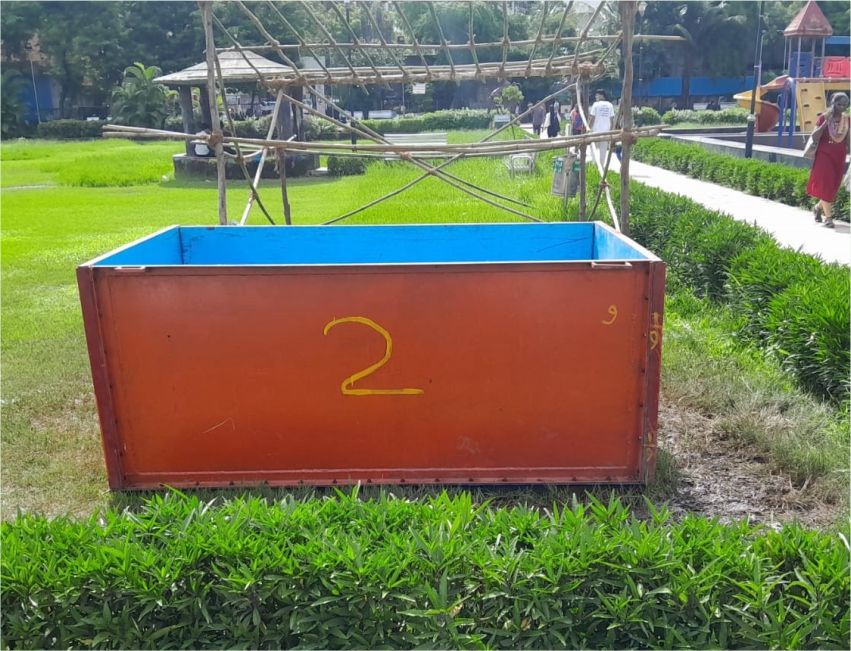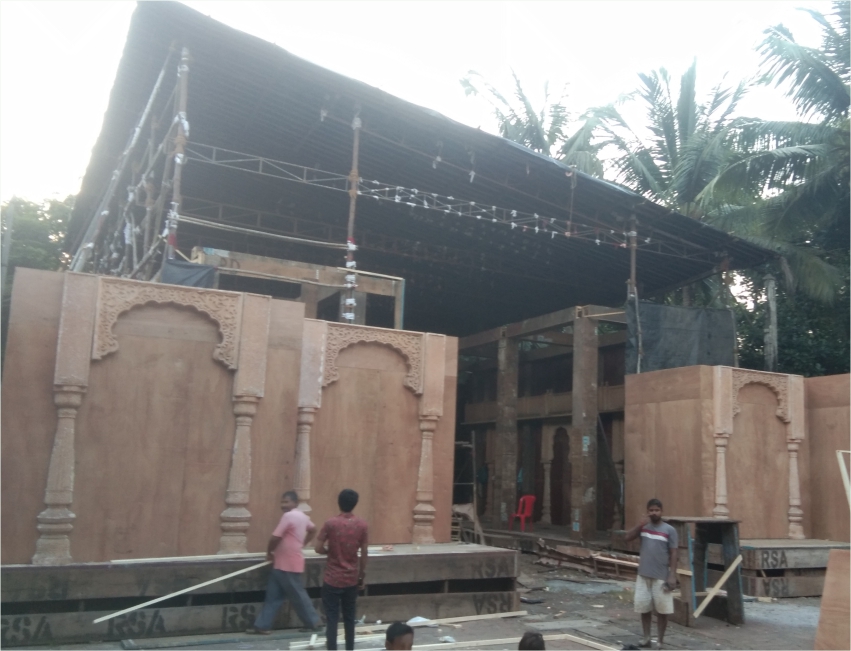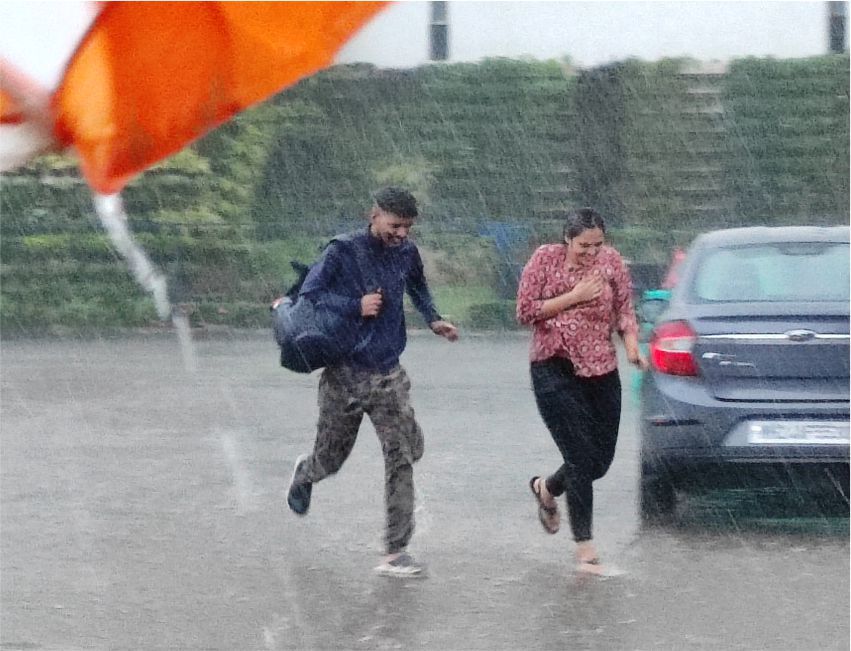The Ongole bull: A beef boom in Brazil, a fading legacy in India

- Christopher Rodrigues
- 08 Apr, 2025
In a dazzling display of agricultural prowess, a cow named Viatina-19, hailing from the Ongole breed, shattered records by fetching £3.8 million (approximately Rs. 41 crore) at a Brazilian auction in early 2025.
This jaw-dropping sale crowned her the priciest bovine ever sold globally, a title cemented in the Guinness World Records since 2023.
Originating from Andhra Pradesh in India, the Ongole breed, known as Nelore in Brazil—has become a beef industry titan abroad, while its homeland watches it slip into obscurity.
Brazil’s fascination with the Ongole stems from its exceptional traits, perfectly suited to the country’s sprawling beef empire.
With a cattle population exceeding 226 million, nearly 80 per cent of Brazil’s herds owe their lineage to this Indian import, first introduced in the late 1800s. The breed’s muscular build, resilience to scorching heat, and immunity to diseases like foot-and-mouth make it a goldmine for beef production. Brazilian ranchers have honed these qualities through meticulous breeding, transforming the Ongole into a lean, meat-yielding marvel. Viatina-19, a product of this scientific precision, exemplifies the breed’s value, her sale price reflecting decades of genetic refinement aimed at satisfying Brazil’s booming beef market, one of the world’s largest.
Contrast this with India, where the Ongole bull, once a symbol of strength and reverence, is teetering on the brink. Historically tied to Hindu mythology as Nandi, the loyal companion of Lord Shiva, the breed’s imposing hump and sturdy frame made it a farmer’s pride. In 1944, India boasted 1.5 million Ongole cattle, their might harnessed for ploughing fields.
Yet, by 2019, their numbers had plummeted to just over 600,000. The shift to mechanised farming stripped away their role as draught animals, while India’s dairy revolution favoured high-milk-yielding hybrids over this beef-averse breed. Culturally, beef consumption remains a taboo for many, further sidelining the Ongole’s potential as a meat producer in its native land.
While Brazil capitalises on the Ongole’s beefy brilliance, India’s neglect is stark. The breed’s decline is compounded by a lack of systematic breeding programmes and poor genetic documentation—areas where Brazil excels.
In Andhra Pradesh, efforts at places like the Livestock and Agriculture Management Farm in Guntur persist, using techniques like in-vitro fertilisation to preserve the Ongole’s lineage.
But with scant funding and little domestic demand, these initiatives struggle. Export restrictions, rooted in policies from the 1960s, also stifle prospects, despite a brief, unsuccessful push to relax them in 2023.
Viatina-19’s triumph, she even bagged the "Miss South America" title, underscores a bitter irony. Abroad, the Ongole is a multimillion-pound asset, its meat prized on global plates. At home, it’s a fading relic, its cultural significance eroding alongside its numbers.
If India doesn’t rethink its approach, perhaps embracing selective breeding or exploring controlled exports, this sacred bull could vanish from its fields, leaving Brazil to reap the rewards of a legacy India let slip away.





